IVF treatment
A 7 Step Process for Making a Baby (Steps 6 & 7)
By Paul J.O'Brien B.A., N.C.E.H.S., Dip. Acu., Adv. Dip. OBB, Cert Clin. Med, Cert.CHM, Pn1, PN-SSR, PN-NCA, M.AFPA, M.ETCMA, M.C.Th.A.
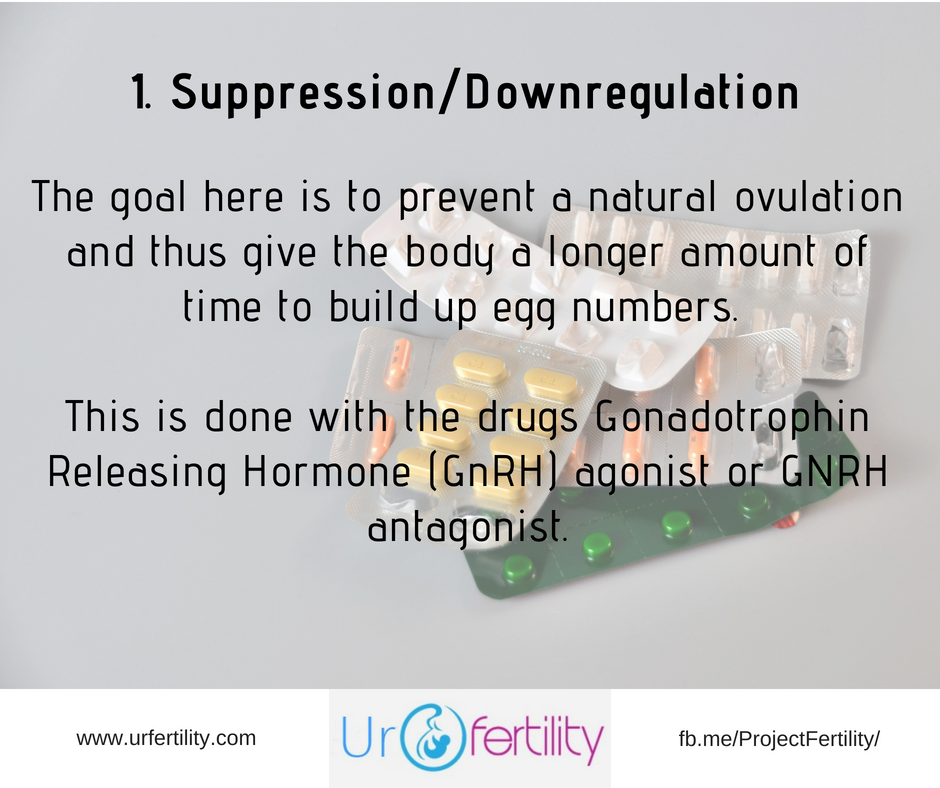
IVF Treatment continues the discussion on the 7 Step process used by nearly every fertility clinic in the world. In the Part 1, I examined the overall steps of the process. I then explained how Step1: Suppression and Downregulation work and concluded with a discussion of Step 2: Medication. In Part 2 I discussed, how the eggs and sperm and retrieved and how they are mixed to create life! :-D Were in to the final stages now, so I invite you to join me for this article where look at the final steps in IVF Treatment; Culture and Transfer!
But before we get in to that, a quick summary!
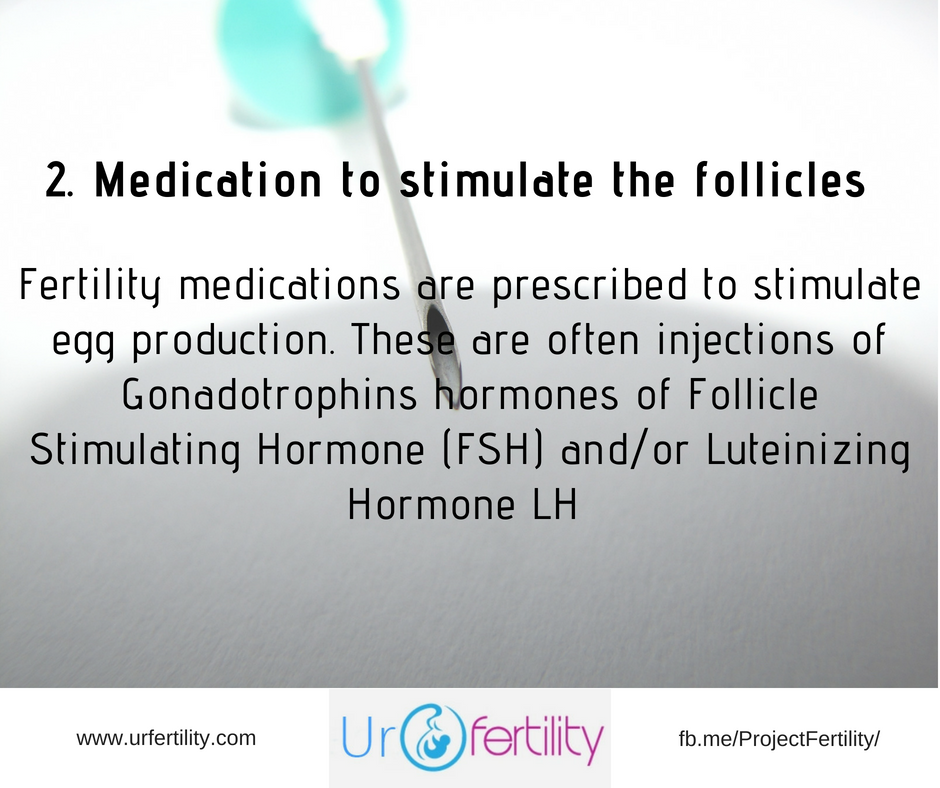 |
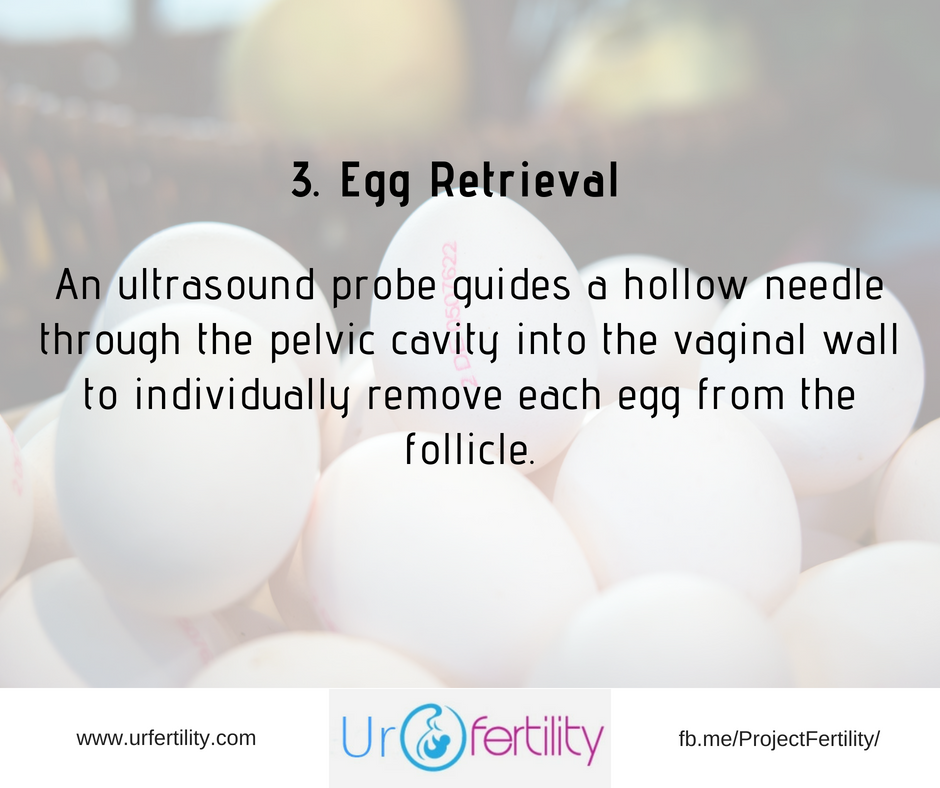 |
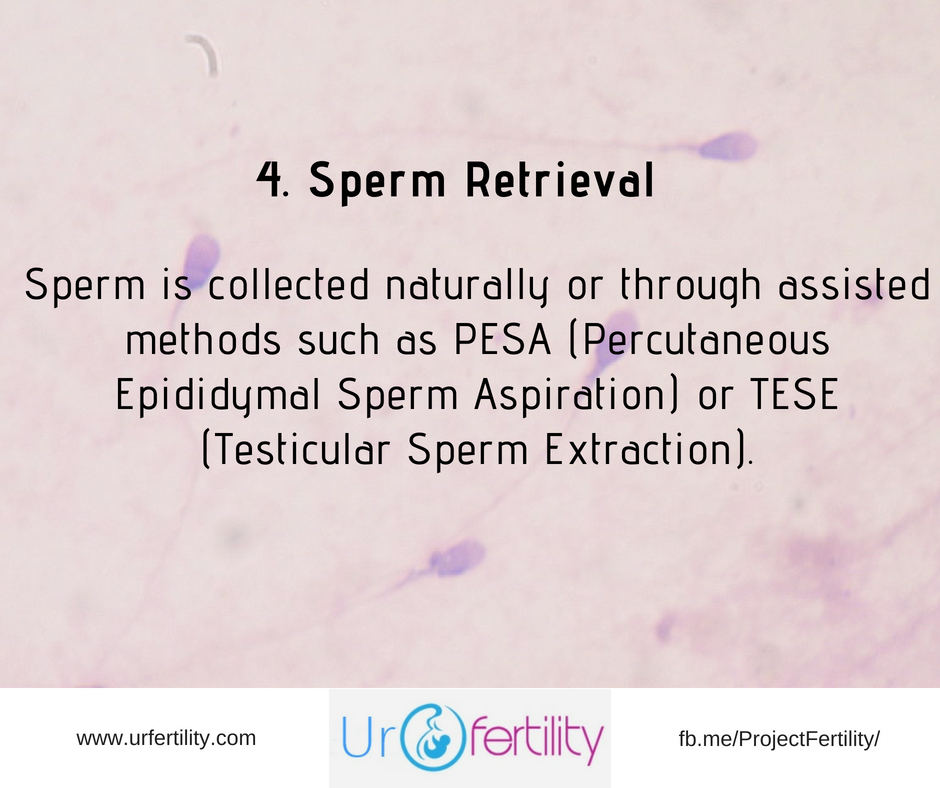 |
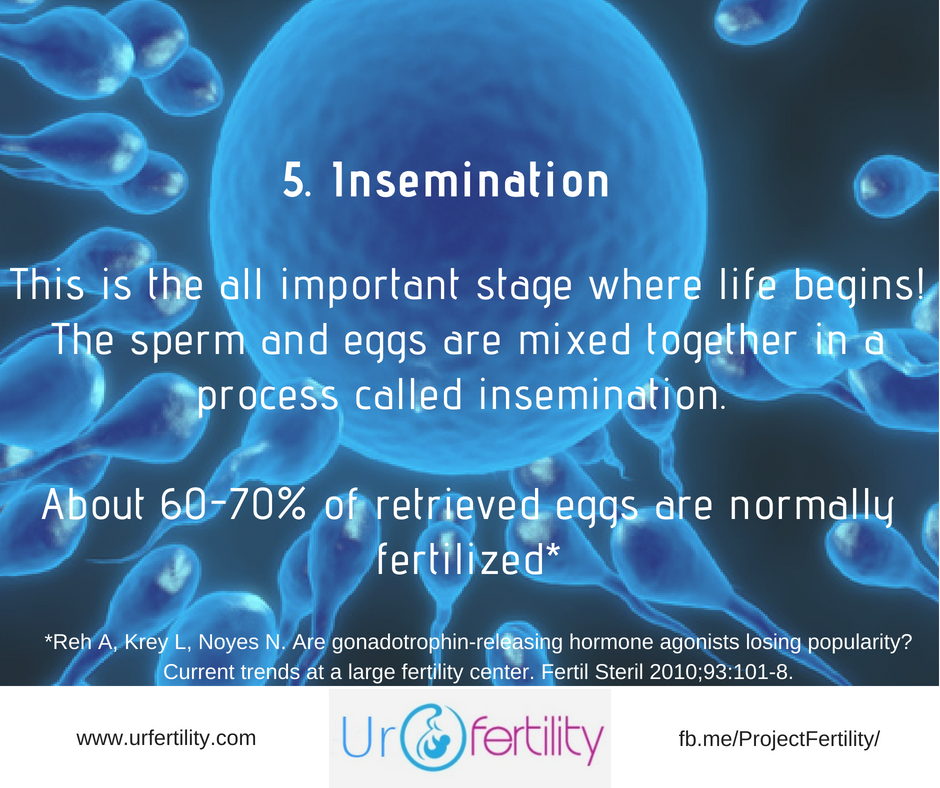 |
IVF Treatment Step 6: Culture
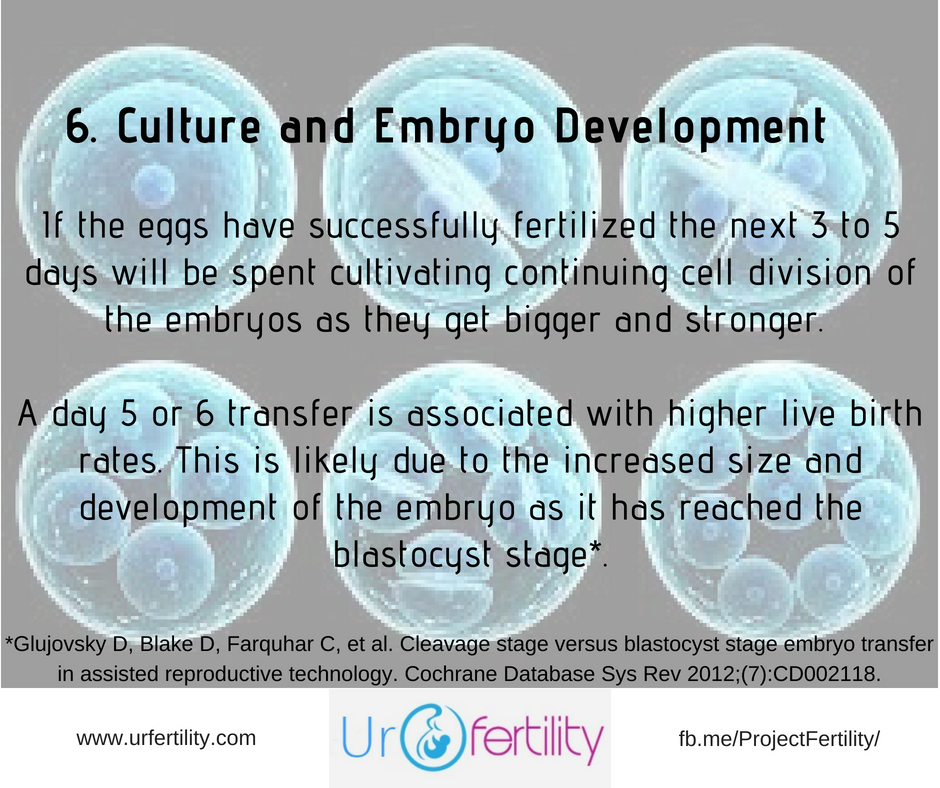
If the eggs have successfully fertilized the next 3 to 5 days will be spent cultivating continuing cell division of the embryos as they get bigger and stronger. The embryos are placed in a unique, stringently controlled culture medium. This is a chemical fluid which varies from clinic to clinic. The makeup of this chemical cocktail can have a direct impact on the success and failure of IVF and can be an underlying cause in cases of repeated implantation failure. (For more on this see my article - Why Does IVF Fail?)
These developing embryos are very sensitive to changes in temperature and PH balance and must be kept in a regulated environment. Today many IVF fertility treatment clinics offer special incubator services including “embryoscope” that allow time-lapse imaging of the embryo's meaning there is less handling and less disruption of the embryo's when they are being assessed and graded by a specialist doctor called an embryologist.
In addition to an embryologists report, I like to make my own assessment on these matters. I use the Istanbul Consensus system to determine if eggs are Good, Fair or Poor. (For more on this see my article - How Do You Know Which Embryos to Implant?)
Embryos are typically transferred on days 2,3, or 5. The reasons for this vary and will be discussed in more detail elsewhere, but briefly…
A day 5 or 6 transfer is associated with higher live birth rates. This is likely do the increased size and development of the embryo as it has reached the blastocyst stage. By day 2 or 3 the embryo is smaller and has only reached the cleavage stage (1). All this said though, in those cases where there is a history of poor response to IVF, a day 2 transfer is considered optimal (2,3) .
A patient now enters the 2nd period of waiting. In my experience there are two types of IVF treatment clinics;
- The type where they try to ease the patients anxiety by calling at regular intervals over the 2-5 development period to keep them informed and abreast of development, which does lessen the anxiety and extreme stress somewhat...
- The type of clinic that doesn’t bother to call at all and leaves the patient sleepless with worry. I have a very dim opinion of such IVF treatment clinics.
IVF Treatment Step 7: Transfer
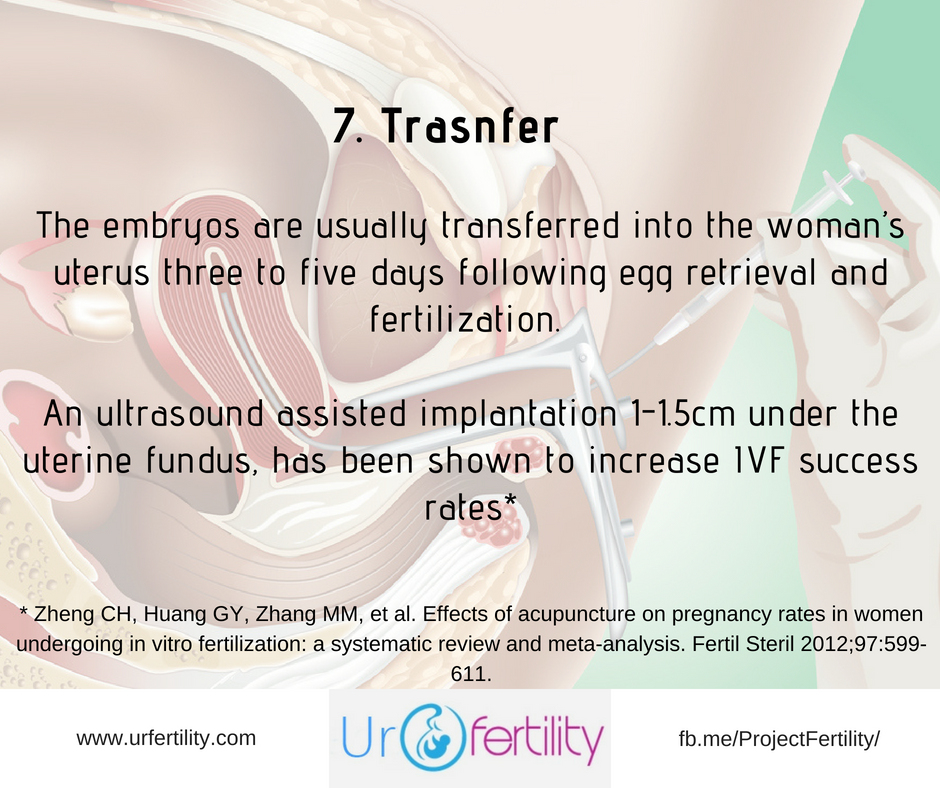
The embryos are usually transferred into the woman’s uterus three to five days following egg retrieval and fertilization.
The transfer process itself is usually pretty straight forward and painless, though in some cases (like cervical stenosis, where the cervix has narrowed) sedation or general anesthesia may be needed. With a full bladder the patient lying on her back (sometimes with her legs in stirrups), a doctor will widen the cervix using a speculum (latin for mirror, but in this case a stainless steel telescope type device).
The embryologist will then insert a catheter or small tube is into the uterus to transfer the embryos. The actual site of implantation varies from clinic to clinic and doctor to doctor, however I recommend an ultrasound assisted implantation 1-1.5cm under the uterine fundus (the curved upper area of the uterus close to the connecting point of the fallopian tubes). This approach, along with acupuncture, has been shown to increase IVF success rates (4,5).
The catheter is then removed and checked to make sure all the embryo's have been transferred. All in all the whole thing takes about 15 minutes.
This procedure is painless for most women, although some may experience mild cramping. If the procedure is successful, implantation typically occurs around six to ten days following egg retrieval.
IVF Treatment Summary
So that’s it, the whole IVF treatment process in a nutshell. 7 Steps:
- Suppression/Downregulation
- Medication to stimulate the follicles
- Egg Retrieval
- Sperm Retrieval
- Insemination
- Culture and Embryo Development
- Transfer.
However, it’s not all plain sailing. There can be very serious complications and side effects from IVF along with a high failure rate - those concerns and how to overcome them and dramatically increase your chances of success, avoiding side effects and becoming pregnant, are covered in the next article series - The Problems of IVF. Click here to learn more.
- Click here to go to Part 1 of this series and learn about Suppression, Downregulation and the Medication's used in IVF.
- Click here to go to Part 2 of this series and discover everything about Egg and Sperm Retrieval and the miracle of insemination!
- Click here and understand the Problems of IVF
- Click here to learn about the Risks of IVF.
- Click here to discover the side effects of IVF.
What's Your Next Best Step with IVF?
If you’re trying for a family or planning on going through IVF, ICSI IUI, or have been through failed rounds, from poor egg growth, fertilization failure, sperm quality issues, miscarriage etc, and want to give this round the best possible shot of success and dramatically improve your fertility and reproductive health, to have a happy healthy baby, then …
- Download my Free "9 Reasons You Can't Get Pregnant" Guide to learn more about what complications may be present and what you can do to fix them!
- Subscribe to my newsletter to keep up to date with the new articles, how to guides, fertility recipes and more.
- Get Your Copy of "Before IVF: How it works, why it doesn’t and what you can do to Ensure Your IVF Success!". Over 430 pages, this guide provides answers to every question you could ask about fertility and how to maximise your reproductive health. It will help you beat the numbers in IVF and better still may help you conceive without ever having to go through IVF!
- Contact me with your particular questions and concerns and I'll do my best to help. :-)
Footnotes
1. Glujovsky D, Blake D, Farquhar C, et al. Cleavage stage versus blastocyst stage embryo transfer in assisted reproductive technology. Cochrane Database Sys Rev 2012;(7):CD002118.
2. Kyrou D, Kolibianakis EM, Venetis CA, et al. How to improve the probability of pregnancy in poor responders undergoing in vitro fertilization; a systematic review and meta-analysis. Fertil Steril 2009;91:749-66
3. Bahceci M, Ulug U, Ciray HN, et al. Efficiency of changing the embryo transfer time from day 3 to day 2 among women with poor ovarian response: a prospective randomized trial. Fertil Steril 2006;86:81-5.
4. Zheng CH, Huang GY, Zhang MM, et al. Effects of acupuncture on pregnancy rates in women undergoing in vitro fertilization: a systematic review and meta-analysis. Fertil Steril 2012;97:599-611.
5. Isoyama Manca di Villahermosa D, Dos Santos LG, Nogueira MB, et al. Influence of acupuncture on the outcomes of in vitro fertilization when embryo transfer has failed: a prospective randomised controlled clinical trial. Acupuncture Med 2013;31:157-61.

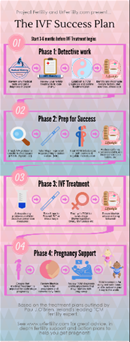
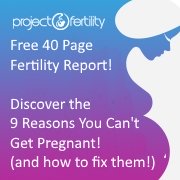
New! Comments
Have your say about what you just read! Leave me a comment in the box below.